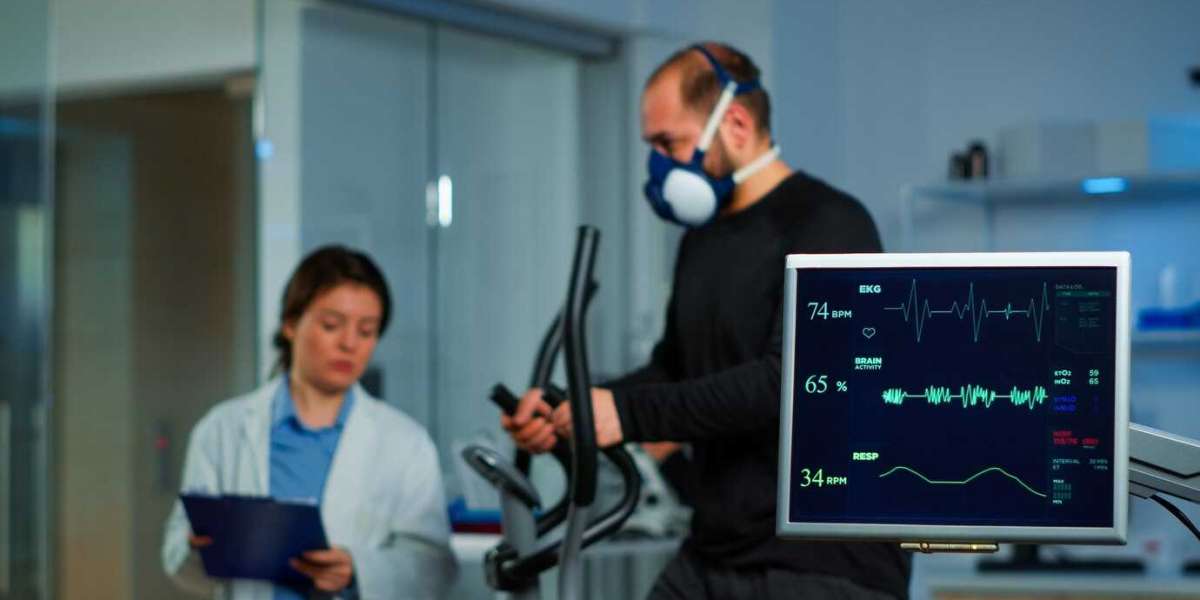Heart rate variability (HRV) refers to the variation in time between each heartbeat, a subtle but powerful measure of the autonomic nervous system's activity. Rather than a sign of irregular heartbeat, healthy HRV reflects the body's ability to adapt to stress, rest, and various physical demands. A higher HRV generally indicates greater resilience and flexibility in the nervous system, while lower HRV may suggest stress, fatigue, or underlying health issues. Heart Rate Variability Assessment and Training has emerged as a valuable tool in healthcare, performance optimization, and stress management.
The Role of HRV Assessment in Health Monitoring
Heart Rate Variability Assessment involves the use of non-invasive sensors, typically placed on the chest or wrist, to measure heartbeat intervals over time. These readings provide insights into how well the body is managing stress and maintaining balance. Clinicians and wellness practitioners use HRV assessments to identify signs of chronic stress, overtraining, poor recovery, and other conditions like anxiety or cardiovascular issues. The data can guide interventions for improving mental health, physical performance, and overall wellness.
How HRV Training Improves Well-Being
Once an individual’s baseline HRV is established, training can begin to help improve it. Heart Rate Variability Assessment and Training usually involves biofeedback techniques that teach individuals how to influence their HRV through controlled breathing, mindfulness, and relaxation exercises. These practices stimulate the parasympathetic nervous system, promoting a calm, restorative state. Over time, regular HRV training can enhance emotional regulation, reduce anxiety, improve sleep quality, and support cardiovascular health.
Applications in Sports and Performance
In the realm of sports and fitness, Heart Rate Variability Assessment and Training is a game-changer. Athletes and coaches use HRV data to monitor recovery, plan workouts, and avoid overtraining. A declining HRV can signal the need for rest, while consistent improvement suggests readiness for more intense activity. This personalized approach to training helps maximize performance while minimizing the risk of injury. Additionally, HRV training supports focus and mental clarity, which are vital for competitive success.
HRV for Stress Management and Mental Health
One of the most promising applications of HRV training lies in its use for managing stress and improving mental health. High stress levels activate the sympathetic nervous system, leading to lower HRV and long-term health issues if unaddressed. Through Heart Rate Variability Assessment and Training, individuals can become more aware of their physiological responses to stress and learn techniques to regain control. Therapists often incorporate HRV training into treatment plans for anxiety, PTSD, and depression.
The Future of Personalized Wellness
As wearable technology becomes more accessible, Heart Rate Variability Assessment and Training is increasingly entering the mainstream. Apps and devices now offer real-time HRV feedback, empowering individuals to take charge of their health and well-being. Whether used in clinical settings, athletic training, or daily wellness routines, HRV assessment and training represent a frontier in personalized health optimization. By tuning into the rhythms of the heart, people can achieve better balance, resilience, and vitality in their lives.




